Before 1919, Jallianwala Bagh was a peaceful public garden near the Golden Temple in Amritsar, created in the early 1800s for rest and recreation. Its narrow entry and enclosed layout made it a popular spot for locals and pilgrims. However, in 1919, under the harsh British colonial rule and the oppressive Rowlatt Act, tensions soared.
After nationalist leaders were arrested, a large gathering formed in Jallianwala Bagh on April 13 for the Baisakhi festival and protest. British troops surrounded the garden, blocked the only exit, and turned this quiet space into a tragic site of resistance and repression—marking a dark chapter in Indian history.
The Jallianwala Bagh Amritsar 1919 Massacre – A Turning Point in Indian History
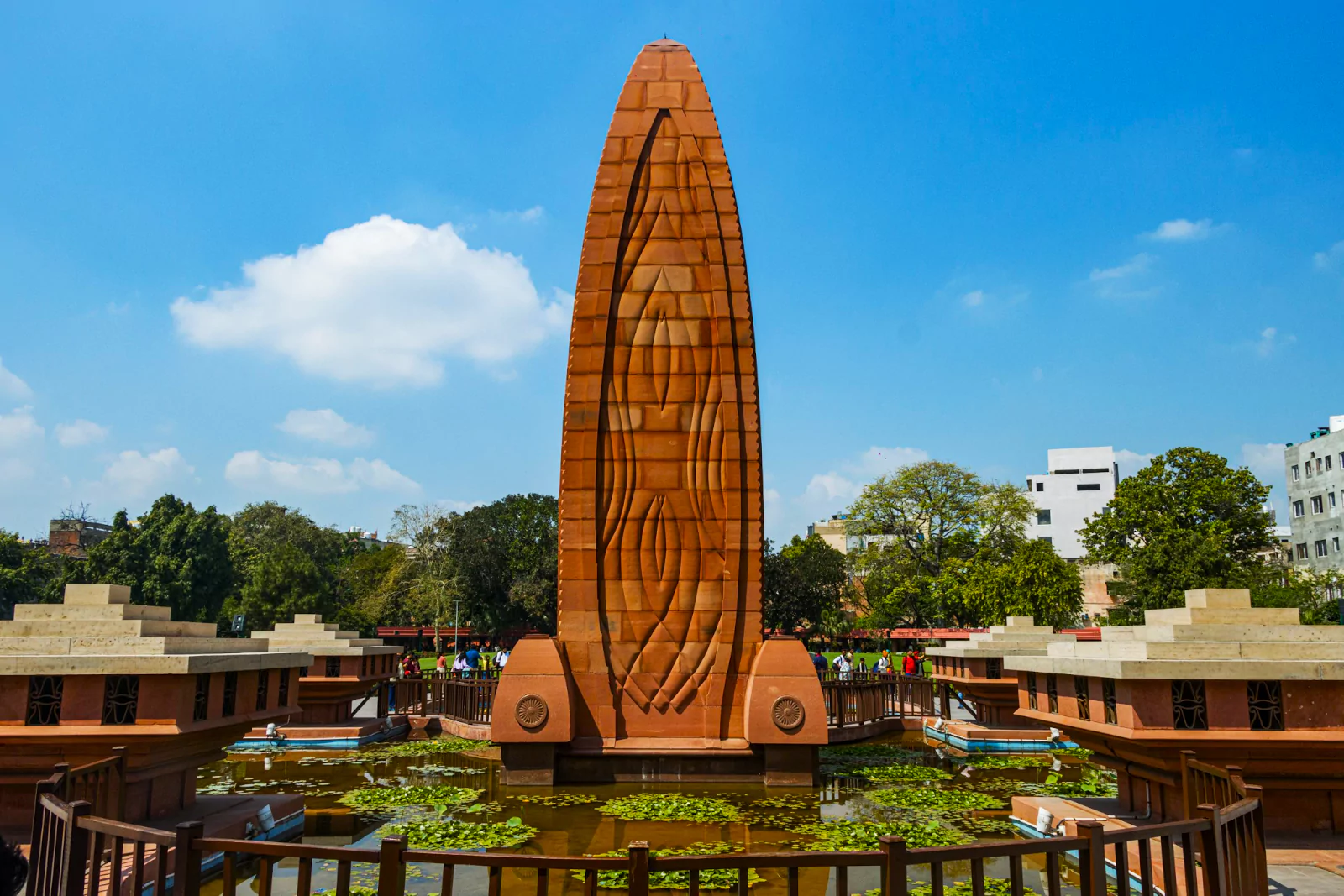
On 13 April 1919, peaceful protesters gathered at Jallianwala Bagh, Amritsar, to oppose the Rowlatt Act and celebrate Baisakhi. Without warning, General Dyer ordered troops to block exits and open fire, shooting nearly 1,650 rounds into the crowd.
Official reports state around 379 people were killed and over 1,200 injured, though actual numbers may be higher.
Eyewitnesses recall, “People fell like grass before a sickle,” with many trapped or jumping into the well to escape bullets. News of the massacre shocked India and the world, becoming a turning point that intensified the demand for independence.
Jallianwala Bagh, Amritsar, remains a powerful symbol of sacrifice and colonial oppression
Read More: 30 Spiritual and Religious Places in India
Architecture and Memorial Design of Jallianwala Bagh
Jallianwala Bagh, Amritsar, today stands as a solemn memorial honoring those who lost their lives in the 1919 massacre. The site features well-maintained gardens and winding pathways that guide visitors through the historic grounds, allowing reflection and remembrance.
One of the most striking features is the preserved bullet-marked walls—silent witnesses to the brutality that unfolded here.
At the heart of the memorial lies the Martyrs’ Well, where many victims tragically drowned while trying to escape the gunfire. Nearby burns the Flame of Liberty (Amar Jyoti), an eternal flame symbolizing the undying spirit of sacrifice.
Memorial plaques throughout the garden recount the events of that fateful day and pay tribute to the martyrs.
The architectural design of Jallianwala Bagh, Amritsar, balances tranquility with stark reminders of violence. The open spaces symbolize hope and freedom, while the preserved scars and memorials ensure visitors never forget the sacrifices made. This thoughtful layout transforms the site into a powerful space of memory and inspiration.
Read More: Top 10 Historical Places in Delhi For Heritage Tour
Major Attractions Inside Jallianwala Bagh
Jallianwala Bagh, Amritsar, houses several significant attractions that bring its tragic history to life. The bullet-marked walls remain preserved, serving as haunting reminders of the brutal firing in 1919.
Central to the site is the Martyrs’ Well (Shaheedon ki Kuan), where many people jumped in a desperate attempt to escape the gunfire but tragically drowned.
The Amar Jyoti, or eternal flame, burns continuously as a symbol of the undying spirit and sacrifice of those who lost their lives.
Within the memorial complex, galleries and a museum showcase rare photographs, documents, and artifacts related to the massacre, providing visitors with a deeper understanding of the event and its impact.
Finally, the open grounds where thousands of peaceful protesters had gathered remain carefully preserved, offering a solemn space for visitors to reflect on the courage and sacrifice of the martyrs of Jallianwala Bagh, Amritsar.
Best Time to Visit Jallianwala Bagh, Amritsar
- The ideal time to visit Jallianwala Bagh, Amritsar, is between October and March, when the weather is cool and comfortable, making it easier to explore the gardens and memorial without the intense heat of summer.
- Every year on 13 April, special ceremonies and commemorations take place at the site to remember the victims of the 1919 massacre, drawing visitors from across India and around the world.
- Visiting in the evenings is recommended for those who prefer a quieter experience, as the crowds thin out, allowing for peaceful reflection and a more personal connection with the history of the place
Jallianwala Bagh in the Indian Freedom Struggle
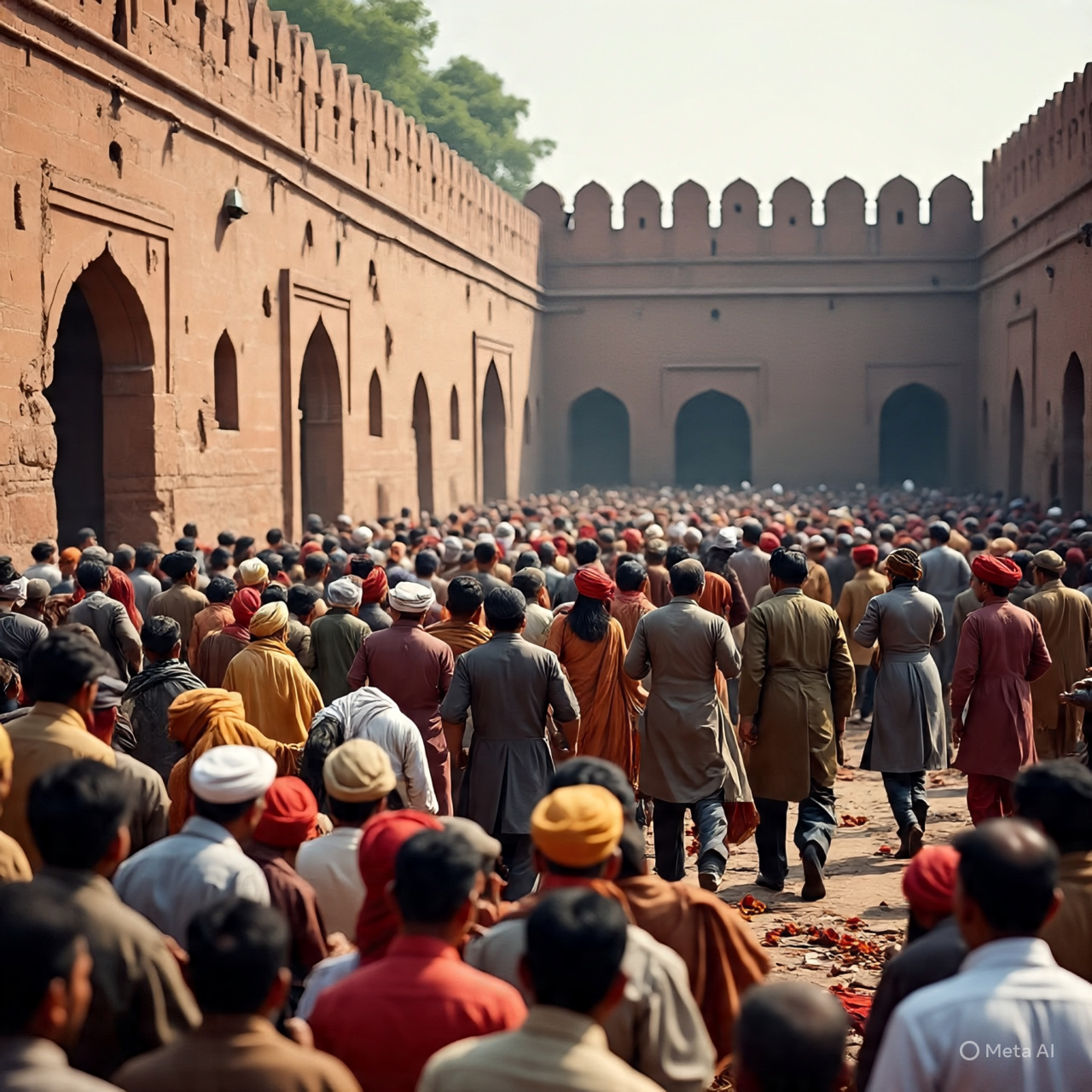
The Jallianwala Bagh massacre became a powerful rallying point in India’s struggle for independence. The brutal killing of hundreds of unarmed civilians shocked the nation and exposed the harsh realities of British colonial rule.
It unified people across different regions and communities, transforming widespread anger into a determined call for freedom.
Prominent leaders reacted strongly to the tragedy. Mahatma Gandhi condemned the massacre and launched the Non-Cooperation Movement, urging Indians to boycott British goods and institutions.
Nobel laureate Rabindranath Tagore renounced his knighthood in protest, symbolizing the moral outrage felt worldwide. Sardar Udham Singh, deeply moved by the massacre, later avenged the victims by assassinating one of General Dyer’s associates, underscoring the growing resistance.
The massacre intensified the demand for complete independence, shifting the freedom struggle from reformist demands to a full-fledged fight against British rule. Jallianwala Bagh, Amritsar, thus stands as a turning point that galvanized India’s quest for self-rule.
Read More: Mayurbhanj Tourist Place | History, Places, Mayurbhanj in India Map
Travel Tips for Visiting Jallianwala Bagh, Amritsar
- Carry light belongings and a bottle of water to stay hydrated, especially during warmer months.
- Wear comfortable shoes as visiting Jallianwala Bagh, Amritsar involves walking around the gardens and museum areas.
- Photography is allowed, but please be respectful—avoid intrusive shots or disturbing other visitors who are there to reflect.
- Remember that Jallianwala Bagh is a solemn memorial site, not a tourist playground; maintain decorum and honor the memory of those who sacrificed their lives.
How to Reach Jallianwala Bagh, Amritsar
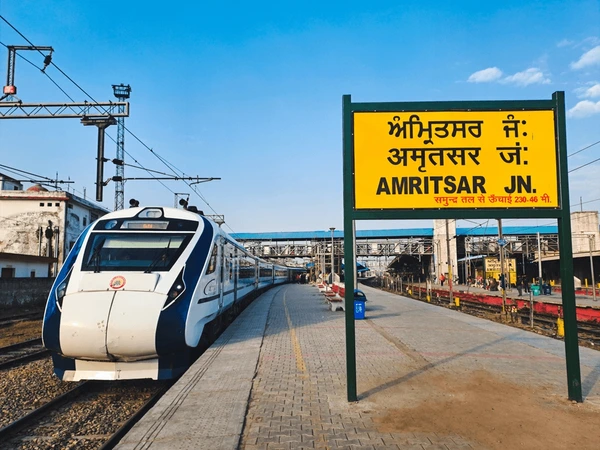
Exploring Jallianwala Bagh, Amritsar, is made easy thanks to its central location and well-connected transport options. From Amritsar Junction Railway Station, the site is about 2 kilometers away—just a short taxi or rickshaw ride, or a pleasant 20–25 minute walk through the bustling city streets.
If you’re arriving by air, Sri Guru Ram Dass Jee International Airport is roughly 13 kilometers from Jallianwala Bagh, Amritsar. Taxis and app-based cabs are readily available for a comfortable 25-30 minute drive.
For visitors already near the heart of the city, the Golden Temple is only a 5-minute walk away, making it convenient to explore both iconic landmarks in one trip. Rickshaws and taxis are widely available around central Amritsar, ensuring flexible and affordable transportation options.
Whether you prefer walking or taking a quick ride, reaching Jallianwala Bagh, Amritsar, is straightforward and hassle-free.
Entry Fee and Timings for Jallianwala Bagh
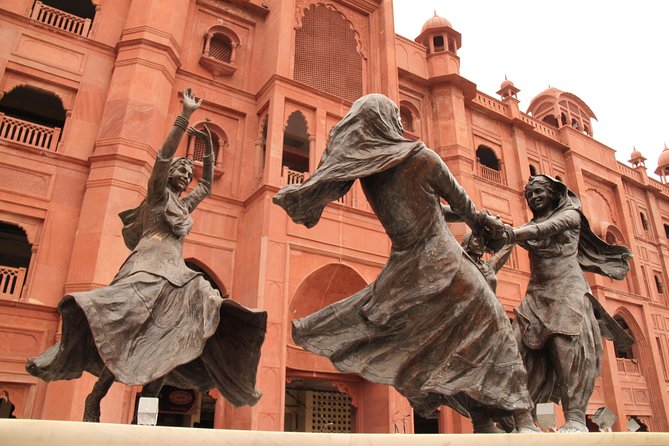
- Entry to Jallianwala Bagh, Amritsar is free for all visitors.
- The site is usually open from 6:30 AM to 7:30 PM (check for latest updates).
- The museum inside the memorial may have separate visiting hours.
- Visitors are advised to verify timings in advance for a smooth visit.
Nearby Attractions to Explore Around Jallianwala Bagh, Amritsar
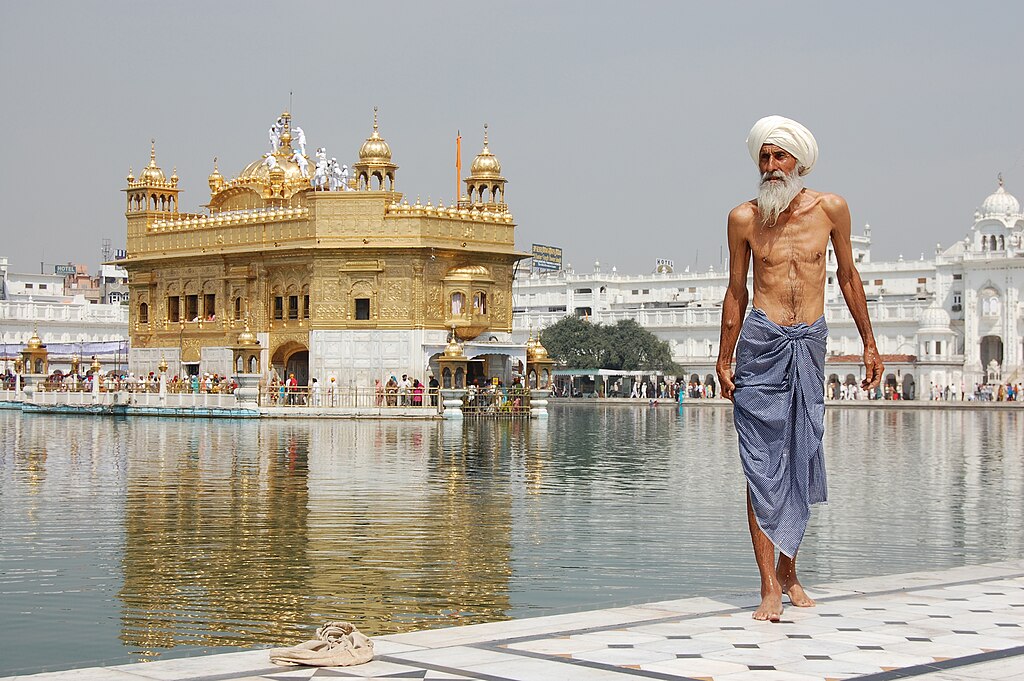
Golden Temple (Harmandir Sahib): Just a 5-minute walk from Jallianwala Bagh, Amritsar; a spiritual and architectural marvel.
Partition Museum: About 7 minutes on foot; offers deep insights into the 1947 Partition through exhibits and stories.
Hall Bazaar: A vibrant local market nearby, perfect for shopping traditional crafts, textiles, and souvenirs.
Gobindgarh Fort: A historic fort featuring cultural shows and exhibitions that bring Punjab’s heritage to life.
Read More: Top 10 Hidden Gems to Visit in India: Discover Offbeat Wonders
Conclusion
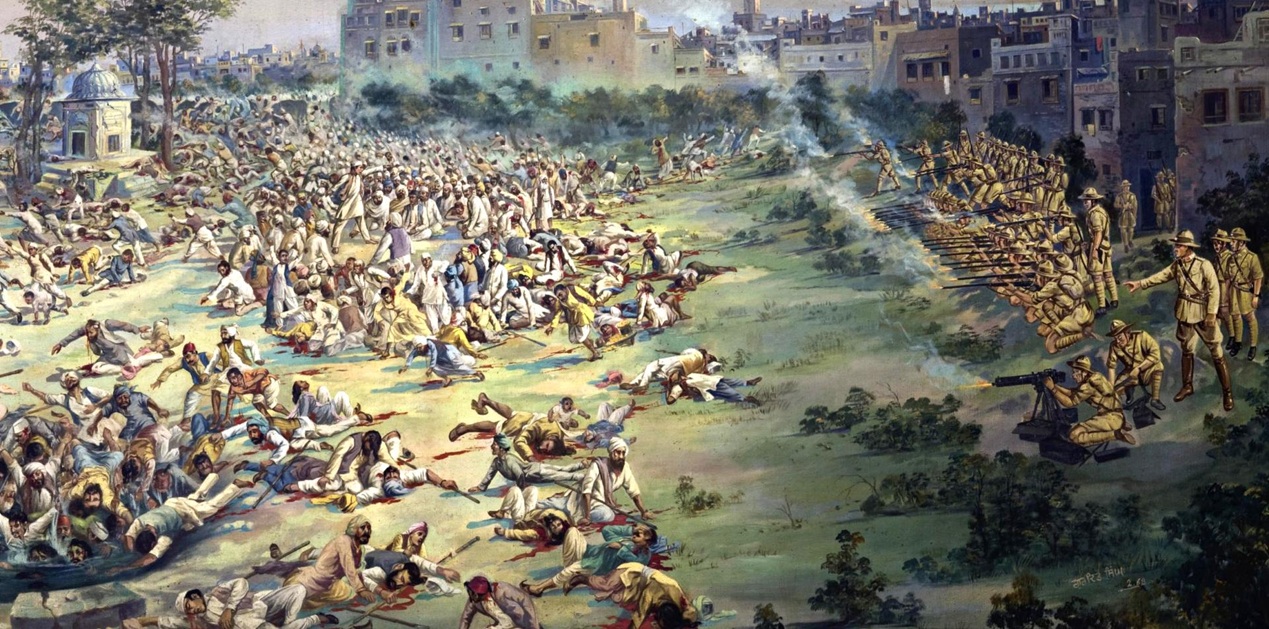
Remembering the events at Jallianwala Bagh, Amritsar, is crucial for honoring the sacrifices that shaped India’s journey to independence. This historic site stands as a powerful reminder of the cost of freedom and the resilience of those who fought against oppression.
By visiting Jallianwala Bagh, we not only pay homage to the martyrs but also keep their memory alive, ensuring that such tragedies are never repeated. Exploring Jallianwala Bagh, Amritsar, offers a meaningful opportunity to connect with India’s past and reflect on the enduring spirit of courage and sacrifice.
Read More: Top 10 Iconic Freedom Landmarks of India You Must Visit
